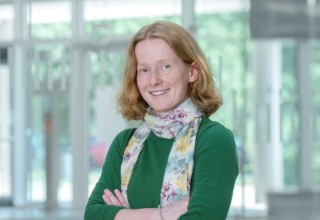
Frequently discussed exposure routes to hazardous substances in occupational settings are inhalation and dermal uptake. The German Federal Institute for Occupational Safety and Health (BAuA) is now taking a closer look at the contribution of ingestion (oral exposure). In one part of the research project Occupational Model for Oral Route Exposure (OMORE, F 2567), potential monitoring methods for oral exposure are being investigated.
Together with their project partner Forschungs- und Beratungsinstitut Gefahrstoffe GmbH (FoBiG), scientists at Fraunhofer ITEM are reviewing available scientific data to identify promising sampling and analytical techniques. These will then be applied, tested and adapted in simulated workplace settings using a model substance. Following the successful implementation of monitoring methods, including biomonitoring as well as transfer cascades, such as surface-to-hand followed by hand-to-mouth contact, these will be verified through workplace monitoring campaigns.
The literature review was completed in 2024 and discussed at a workshop at the BAuA with an expert panel of external occupational hygienists from industry, authorities and academia, both nationally and internationally. Over the next 12 months, work will focus on the establishment and (further) development of suitable metrological methods as well as testing in simulated workplaces in the laboratory.
 Fraunhofer Institute for Toxicology and Experimental Medicine
Fraunhofer Institute for Toxicology and Experimental Medicine
